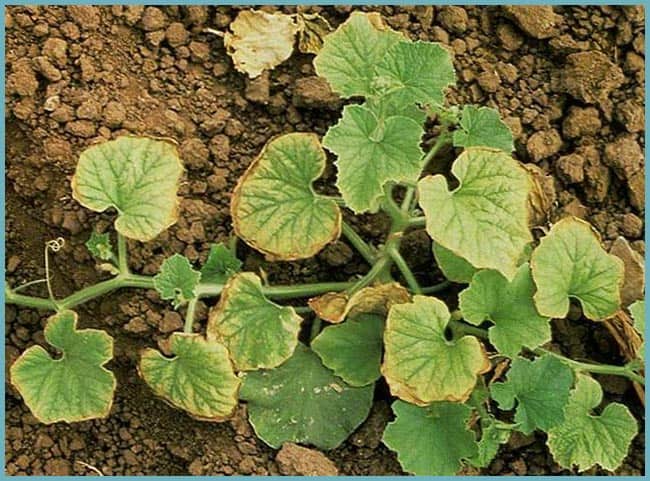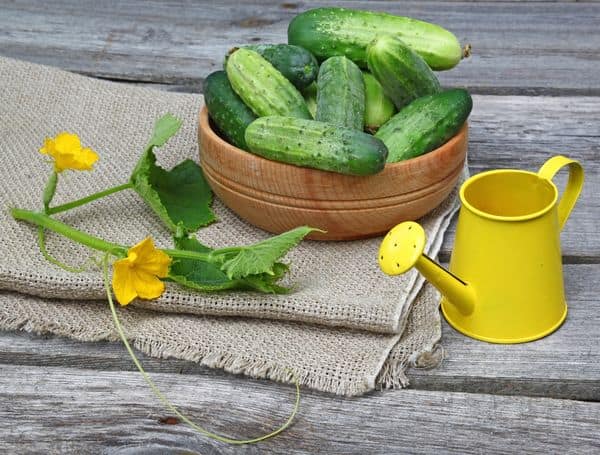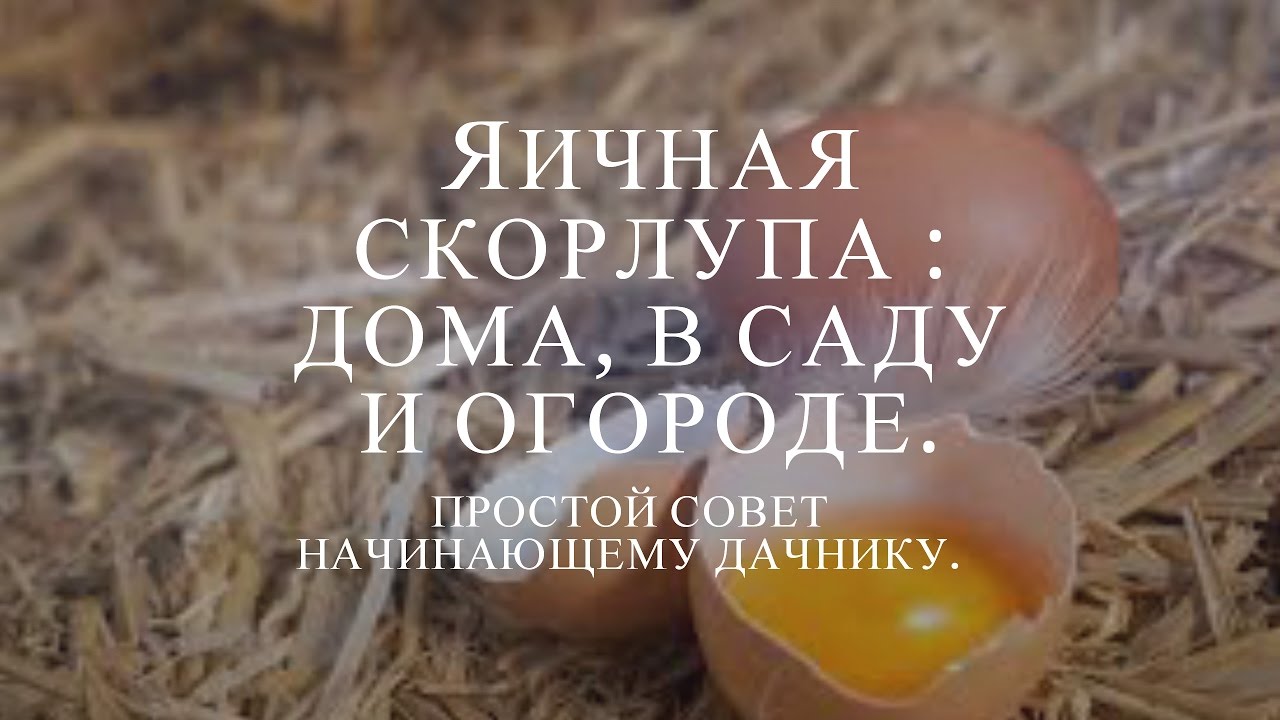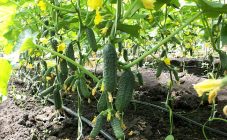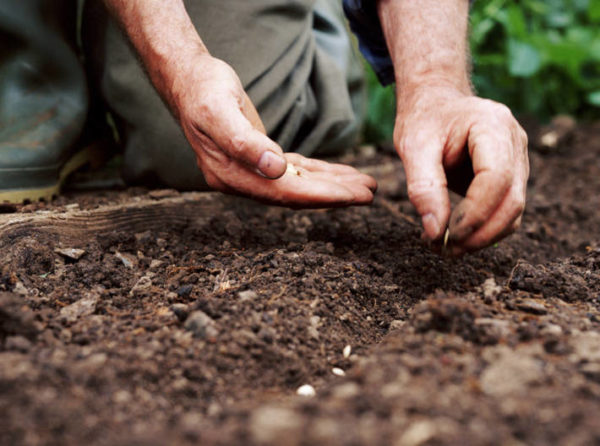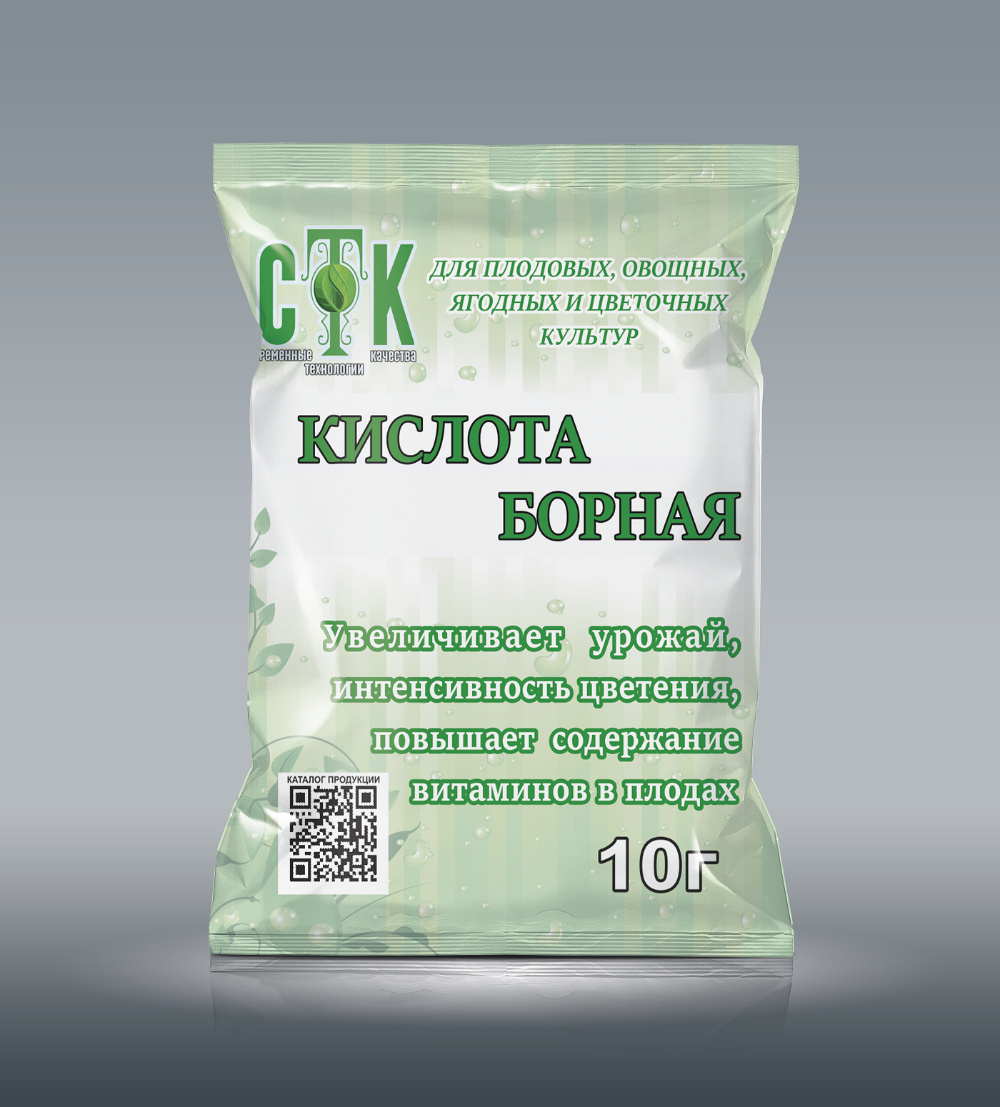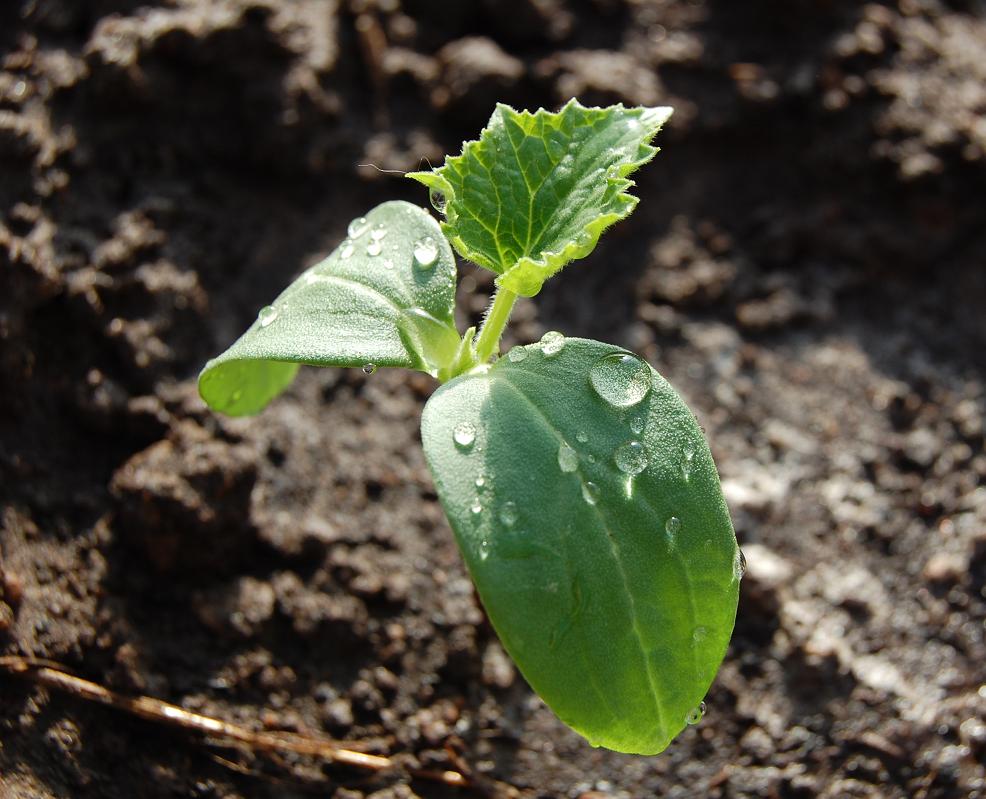Content:
To saturate the soil on the site with nutrients, calcium nitrate for cucumbers is used. Calcium nitrate is an inorganic nitric acid salt. The product contains calcium (19%) and nitrogen (15-16%). Due to its content, the substance is called nitric acid calcium.
Characteristics of calcium nitrate
The substance is in the form of whitish granules or crystals, readily soluble upon contact with water. Calcium nitrate has a hygroscopic property, so the product must be kept in a hermetically sealed container or package so that moisture does not get inside the granules. In favorable conditions, the agent retains its useful qualities for a long period.
Gardeners rarely resort to the opportunity to feed cucumbers with calcium nitrate, since calcium is not required in a cucumber culture in a significant amount. This substance stimulates the improved absorption and assimilation of nitrogen, which is necessary in the early stages of the growing season.
Application features
Fruiting of vegetables depends on the quality and fertility of the soil.
Why is calcium nitrate useful for cucumbers:
- Increases the yield by 15%;
- Stimulates the formation of cell membranes, improves the process of photosynthesis, which leads to an increase in green mass;
- Promotes the formation of the root system;
- Reduces the risk of infection with fungal and other diseases;
- It has a beneficial effect on the cucumber culture, helping it to painlessly endure temperature fluctuations.
How to use
Nutrients are introduced into the soil substrate before digging over the prepared area in the spring. It is not worth carrying out the procedure in the fall, otherwise the compounds will be safely washed out with melt water.
Top dressing can be applied in the following ways:
- Before planting cucumber seedlings, 1 tsp is introduced into the hole. a substance previously mixed with the soil;
- During the growing season, the product must be diluted. The rate for 1 bucket of water (10 liters) is up to 25 grams. The resulting solution is poured under the root every 2 weeks;
- Foliar top dressing - by spraying leaf plates of seedlings in the greenhouse.
- When calcium and potassium nitrate are combined, this type of fertilizer is not recommended for cucumbers. It is better to feed the plants with these substances separately.
How to make calcium nitrate
The composition is easy to prepare yourself. This will require:
- Bricks;
- Ammonia;
- Aluminum pan;
- Slaked lime;
- Firewood.
When working with the formulations, protection for the respiratory organs and hands will be required. A device for kindling a fireplace is constructed from bricks. It must be of a certain size - what is the bottom of the container. Pour 0.5 liters into a saucepan. water and 0.3 kg of ammonia. The essence is set on fire and cooked until boiling. After that lime is gradually introduced (about 15 g).
After weathered the smell, the fire is extinguished, and the composition is left to cool until a precipitate forms. The purified liquid is calcium nitrate. The precipitate is disposed of.
When to fertilize
In addition to calcium, cucumbers are fed with ammonium nitrate.Fertilizer is sprinkled on open ground even before the snow has completely melted.
To benefit shrubs, top dressing is applied under the soil layer, 10 cm deep into the soil substrate. Ammonium nitrate is used for diluted cucumbers and does not harm the plant.
Thus, various types of preparation can be used for fertilizing cucumbers: potassium, ammonia and calcium. You need to know how to use them correctly and how much is suitable for feeding.
